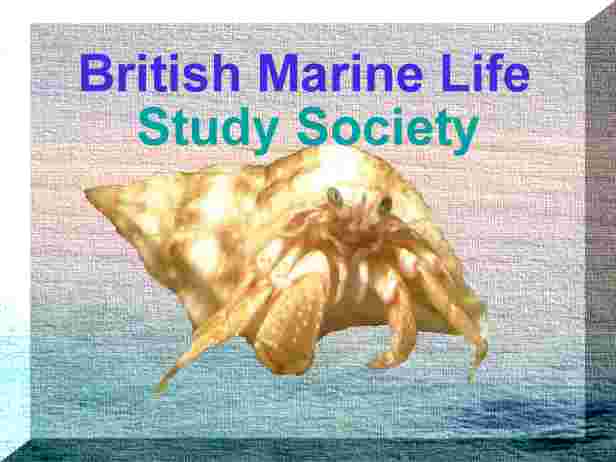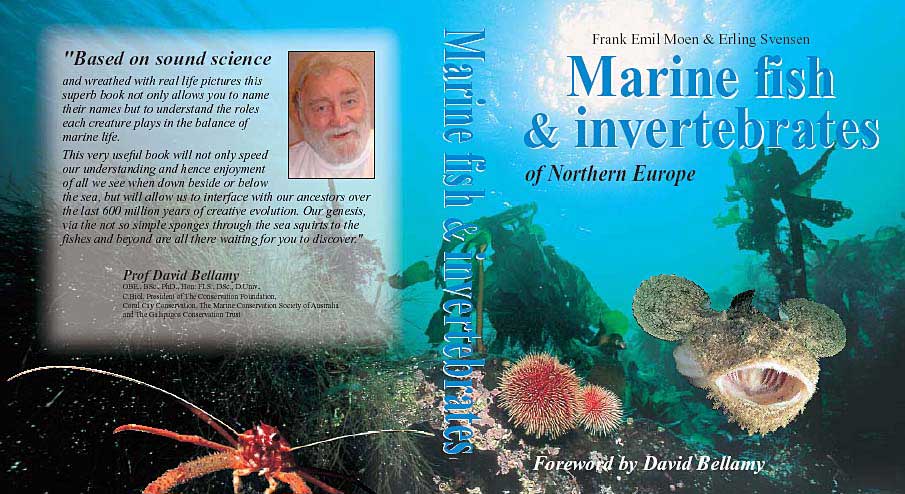 |
 |

|
The bulletin is designed for Microsoft Explorer 4 and above using medium fonts at a resolution of 800 x 600. Subscribe and unsubscribe options are at the foot of this page. |
|
|
| MARINE
LIFE NEWS
Reports
of marine wildlife from all around the British Isles, with pollution incidents
and conservation initiatives as they affect the flora and fauna of the
NE Atlantic Ocean.
27
September 2004
25
September 2004
Velella
on Constantine Bay beach, north Cornwall
Some Reports: 24
September 2004
Report
by David Jenkins via
Gavin
Black
on the
Marine
Wildlife of the North-east Atlantic Ocean Group
Devon Biodiversity Records Centre (DBRC) At
Westwood Ho!, north Devon Velella
are two or three inches (50 - 75 mm) thick on the shore.
c.18
September 2004
Report
by Malcolm Ogilvie on
UK
Wildlife Yahoo Group
We found large amounts of Velella velella out off the Pembrokeshire coast back at the start of Septernber and the ensuing storms seem to have deposited many of them on our beaches in the west of Pembrokeshire (at least). Their small size make them easy to overlook at sea and also on dark sand but they are exquisite jewel like creatures.
First
strandings on Velella
on the sandy beach at Polzeath, Cornwall
(* Numbers not calculated. At Gwithian they formed a band 10 metres wide on the shore and stretching for over a mile. The above photograph understates the extent of the stranding.) The Buoy Barnacles, Dosima fascicularis (=Lepas), started coming in on the same tide as the Velella. I've seen with my own eyes on Porthcothan (SW 8572), Treyarnon and Constantine and Paul Gainey saw them on Gwithian, all in north Cornwall. I'd be very surprised if they weren't all the way up the coast and I'd number them in millions, all big. The Goose Barnacles, Lepas, are occurring in their usual quantity for this time of the year, if anything, less. To give you an idea, on my beach, Pothcothan, 25 acres at low tide: Velella approximately one million, Buoy Barnacles: 2000+, Goose Barnacle colonies: 7. Report
by Nick Darke via the Cornish
Mailing List
The Buoy Barnacles were attached to floats that they had secreted that had a texture like that expanding foam.
BMLSS
Velella
Reports
9 September
2004
Report
by Pam McNaughton and another report by S. Gulpin
on the Cornish Marine Sightings web pages
12-14
July 2004
Report
by Claire Mullen
Report
and Photograph ©
by Steve Trewhella (Poole, Dorset)
BMLSS
Seahorses
Marlin; Short-snouted Seahorse ------------------------------------------------------------------------------------------------------------------------
All
reports by Andy Horton unless the credits are given
Links for News Reports: Helford (Cornwall) Marine Conservation Area |
| PICTURE
GALLERY
Each month, at least one special marine image will be published from images sent to the BMLSS. This can be of the seashore, undersea world or any aspect of the marine natural world, especially the underwater life, but not restricted to life beneath the waves. Topical inclusions may be included instead of the most meritorious, and images will be limited to the NE Atlantic Ocean and adjoining seas, marine and seashore species and land and seascapes. -----------------------------------------------------------------------------------------------------------------------------
Shore Topography Series The name of the particular coast should be included and the grid reference, if known. Print photographs can be included in Exhibitions and on the BMLSS Web Sites and electronic publications. Electronic images in *.JPG format can also be considered for the web site. They should not exceed 150K in size. Photographers submitting pictures should indicate if they wish them to be considered fro inclusion as confirming permission takes work and time and can delay publication of the news bulletins. Click
on the album for more links (On-line link)
|
| DIARY
In
chronological order, the most recent events are at the top of the page.
Events open to the public, free or for a nominal charge only are included.
Most Seminars need to be booked in advance.
BIOSIS Conference Calendar for Zoology (Major Link of all biological conferences around the world) -----------------------------------------
Plymouth Talks Series 2004 Facilities are available for schools, linked to the national curriculum. Talks
start at 7:00 p.m.
Please
reserve your place by calling the Aquarium on 01752 275204
------------------------------------------------------------------------------------------------------------------------
Unless otherwise stated, seminars are held on Fridays at 4:15 pm------------------------------------------------------------------------------------------------------------------------- -------------------------------------------------------------------------------------------------------------------------
|
| PUBLIC
AQUARIA NEWS
|
| Public Aquaria List |
| NEW
PUBLICATIONS & WEB PAGES
CD-ROMs
18
June 2004
---------------------------------------------------------------------------------------------------------------------------
Marine
fish & invertebrates
In May 2004 the English edition of the very popular Norwegian Marine Fauna (Dyreliv I havet) was published. Prof. David Bellamy has written the foreword. More than one thousand underwater photographs and 608 pages with updated information on marine fish and invertebrates from nearly all marine phylum in Northern European waters. The largest newspaper in Norway, Aftenposten gave the Norwegian edition 6 out of 6 points in a book review. It is in use at all major higher marine biology studies in Norway. The
English edition is translated by Prof Fredrik Pleijel and Dr. Sabine Cochrane.
"Marine fish & invertebrates of Northern Europe” is written for anyone with a general interest in marine animal life, and who would like to learn more about their way of life and behaviour, about the role they play in the drama of nature, and the benefit and nuisance they are to man. The main portion of the book is arranged in such a way that the different animal species are presented in a natural, systematic order. More than one thousand magnificent colour photos of animals taken in their natural environment support the informative text highlighting the characteristics of each animal. “Marine fish & invertebrates” covers the North European marine fauna and is a readable experience in itself. In addition, the book is an important aid and source of inspiration to all who delight in the ocean with its hidden life whether if be hobby, study or profession. The book is available from Aquapress in the UK, Skandisk, Inc. USA and KOM in Norway . .
WEB SITES NAUSICAÄ
- French National Sea Experience Center
NAUSICAÄ - French National Sea Experience Center, in Boulogne-sur-Mer (Northern France), is a Science Center entirely dedicated to the relationship between Mankind and the Sea. Its goal is to incite the general public to discover the sea and to love it, while raising its awareness on the need for a better management of marine resources. Within the scope of this mission, NAUSICAÄ gives access, on its recently redesigned web site, to a database containing links to the most interesting web sites concerning the sea-related topics and marine activities. -------------------------------------------------------------------------------------------------------------------- MOLLUSC WORLD |
SOCIETY
INFORMATION
The British Marine Life Study Society are responsible for producing the journal GLAUCUS, which is the first publication exploring the marine life of the seas surrounding the British Isles available to the general public.
the TORPEDO Electronic News Bulletin. The Glaucus 2002 CD-ROM was sent out to Premier BMLSS members in January 2003.
Messages to the first address will not receive any guarantee of a reply and from year 2003, the old EMail address is expected to fall into disuse. ---------------------------------------------------------------------------------------------------------------------------- Membership 2004
|
|
If
you receive this Bulletin direct from the British Marine Life Study Society
it will contain only hypertext and image (*.htm *.gif & *.jpg) files.
|
|
These
pages are not designed for the default settings on the Page Set-ups of
your browser. I recommend viewing in Microscope Internet Explorer 6 and
altering the right and left hand columns in the Page Set-up menu to 9 mm
(from 19 mm).
Some of the images may not display if you have changed your directory for downloaded files. The images may also not display properly if your settings on your EMail software do not allow you do this automatically. When received in Pegasus the format is changed slightly, but the bulletin is still readable. Torpedo compiled by Andy Horton Background design by Nicolas Jouault , Andy Horton and other contributors 5 October 2004 |
Compiled on Netscape Composer 4.7 and other programs



















